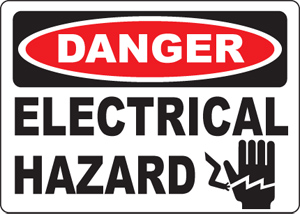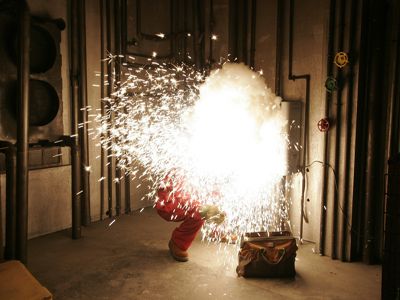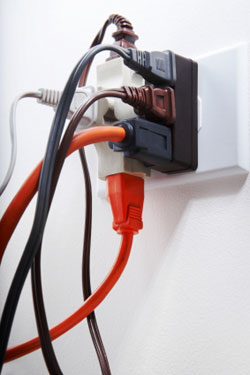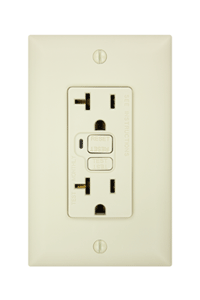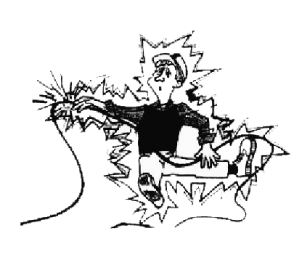 Electrical current exposes workers to a serious, widespread occupational hazard; practically all members of the workforce are exposed to electrical energy during the performance of their daily duties, and electrocutions occur to workers in various job categories. Many workers are unaware of the potential electrical hazards present in their work environment, which makes them more vulnerable to the danger of electrocution.
Electrical current exposes workers to a serious, widespread occupational hazard; practically all members of the workforce are exposed to electrical energy during the performance of their daily duties, and electrocutions occur to workers in various job categories. Many workers are unaware of the potential electrical hazards present in their work environment, which makes them more vulnerable to the danger of electrocution.
Electrical injuries consist of four main types: electrocution (fatal), electric shock, burns, and falls caused as a result of contact with electrical energy.
via CDC – Electrical Safety – NIOSH Workplace Safety and Health Topic.

